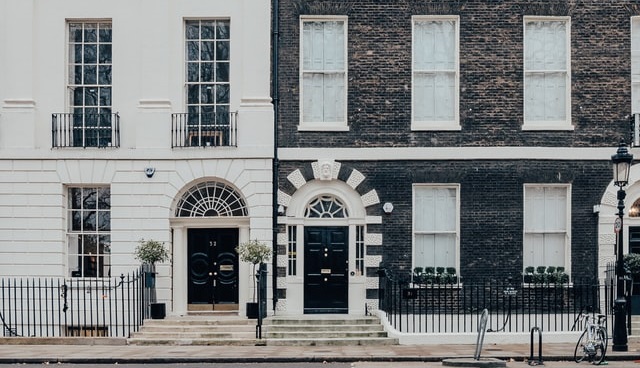Updated: 16 December 2022
If you already own a house (or other dwelling), the Stamp Duty Land Tax (‘SDLT’) you pay on buying another one is usually increased by an amount equal to 3% of the price you pay.
If you are married or in a civil partnership, the rule ‘reads across’ ownership between you and your spouse or civil partner. But there is no similar treatment if you are merely cohabiting. Let’s consider some examples.
David and Ruth are married and jointly own their home. They are thinking of investing in a buy-to-let property or a holiday home. Any purchase will be liable to the 3% surcharge, regardless of whether the property is bought by David, by Ruth or jointly.
That is, perhaps, not a surprising result, since whoever buys will already own an interest in one dwelling and will be acquiring an interest in a second one. But the same applies even if David is the sole owner of the marital home and Ruth buys the new property, because ownership of property by one spouse is treated for this purpose as ownership by the other.
Laura and Tommy, on the other hand, are a cohabiting couple. Again, if they jointly own their home and buy another dwelling, the 3% surcharge will apply. But if Tommy buys the new property and Laura is at that time the sole owner of their existing home (even if this is because Tommy has opportunely transferred his interest to her), the surcharge will not apply.
The opportunities can be more extensive. William and Kate, who cohabit, jointly own a portfolio of investment properties as well as their family home. They’re planning on buying a new home but keeping the existing one to let out. If Kate transfers her interest in the current home to William and then buys the new home, the surcharge will not apply (even though she owns other dwellings) because she will fall under the exemption from the surcharge for a ‘replacement main residence’. And if William does not let the existing home but retains it as a secondary residence for the couple, there is scope for exemption from Capital Gains Tax (‘CGT’) to apply in due course on disposal of each of the properties – again, something that would not be available if William and Kate were married.
You might imagine that this ‘marriage penalty’ would be counterbalanced by some beneficial SDLT treatment on the transfer of properties between spouses or civil partners, cognate with the rules on such transfers that apply for the purposes of CGT. No such luck: SDLT treats transfers between spouses and civil partners in exactly the same way as transfers between unconnected persons. In particular, transferring by way of gift a property that is subject to a mortgage can give rise to a charge to SDLT, even where the transfer is between spouses or civil partners.
For completeness, we should add that everything we say above relates to property in England or Northern Ireland. If the property is in Scotland, Land and Buildings Transaction Tax applies, the ‘surcharge’ is 6% (as of 16 December; it was 4% at the time of writing) and the conditions for its imposition are slightly different; if the property is in Wales, recent changes to the Land Transaction Tax rules which apply there make the position complex, with the effective rate of surcharge varying with the cost of the property.
For more information, please contact us.


